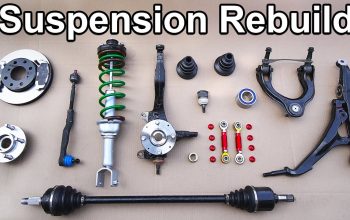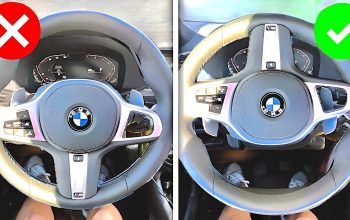Simple tips for checking and changing your oil
Last updated: July 2025
Keeping your car in tip-top shape can help prevent unnecessary repair bills and unexpected trips to the mechanic. One essential car maintenance task is a routine oil change. Oil changes are a must for proper vehicle care, but they can be easy and relatively inexpensive.
Why you should check and change your oil
Your car’s engine is complex and contains numerous moving parts. Oil lubricates these moving parts and keeps everything running smoothly. Over time some of the motor oil burns off — leaving a thick sludge behind. This sludge reduces the oil’s ability to lubricate the parts properly, which can lead to engine wear. Checking your oil can help determine if the oil needs to be changed and if there is enough in the car.
According to Cars.com, here are some of the reasons why you should change your car’s oil:
- Oil cools, lubricates and cleans moving parts. Without oil, your engine would stop working.
- Oil can become dirty and break down, likely reducing engine efficiency and longevity.
- Regular oil changes can help prevent long-term engine damage, which may help you avoid costly repair bills.
How to check if the engine oil is good
Once your car is parked on level ground and the engine is off, Consumer Reports recommends these steps for checking your oil:
Pop the hood. Locate the oil dipstick and remove it. A graphic of an oil can usually marks its location.
Wipe off the dipstick and reinsert it. Clean the oil off the dipstick with a rag, put it back in and remove it again.
Determine the oil level. The dipstick is marked to show at what level the oil is full. If the level of the oil is at or below the levels marked “add,” “low” or “min,” add a little bit of oil (a half-quart) at a time. Then wipe, reinsert and remove the dipstick again for another check.
Check oil color. Look for brown or black color. If the oil is a light, milky color, or if you notice tiny metal particles, take your vehicle to a mechanic for further diagnosis.
How often should I change my oil?
How often you should change your oil depends on your vehicle’s make, model, and the type of oil used. Consumer Reports advises referring to your owner’s manual for the manufacturer’s recommended intervals. Common oil change intervals are 5,000, 7,500, or even 10,000 miles, depending on the vehicle and oil type.
Which kind of oil should you use?
Which kind of oil you use in your vehicle depends on your engine’s needs and the manufacturer’s recommendations in the owner’s manual. You can choose synthetic oil, conventional oil or high-mileage oil, depending on your engine’s needs and the expected oil life. Also, you’ll need to choose the right viscosity for your engine — that information is typically found on your engine’s oil cap or in the vehicle’s owner’s manual.



